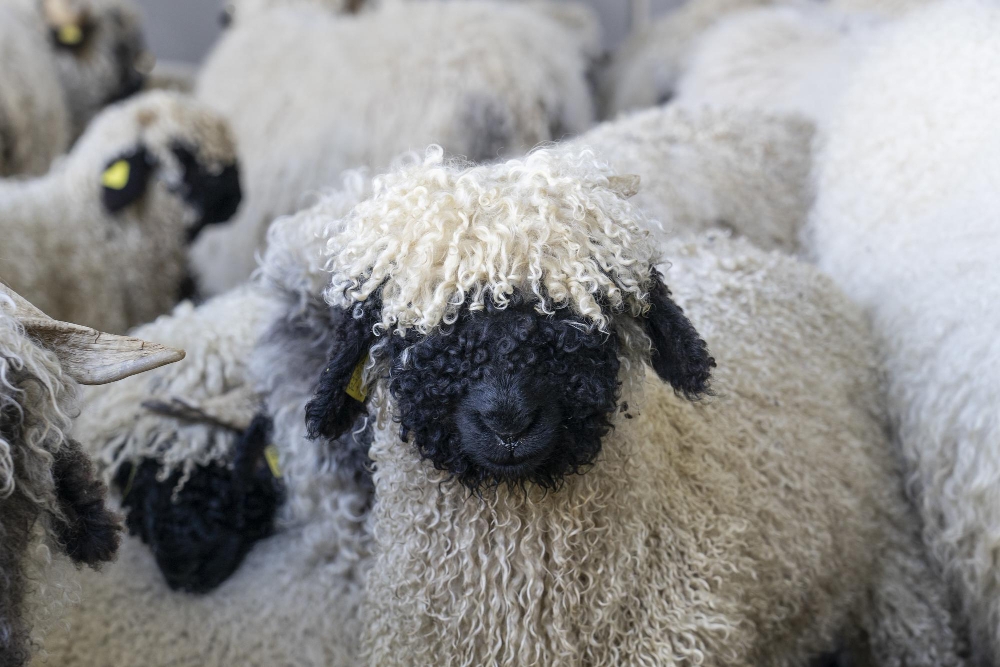
Did you know Australia is the largest sheep exporter on earth? There are countless sheep breeds in Australia, and different breeds are suitable for various purposes.
While you may have a farm, you may not know its history. It is believed that breeding for woolly sheep started around 6000 BCE. By 2300-600 BCE, sheep resembling the characteristics of modern breeds were widely available in Western Asia. Later, sheep were introduced through trading in Europe and North Africa.
However, the first sheep in Australia arrived in 1788 from Australia. There are many things to know about the sheep, their breeds and usage in modern times. Let's take a look below!
The increasing popularity of Merinos
In 1797, Captain Henry Waterhouse and Lieutenant William Kent brought a flock of 26 merinos from the Cape of Good Hope. Originally, the sheep from a flock was gifted to Prince William of Orange by King Carlos III of Spain.
The Prince had sent 4 ewes and 2 rams to the Cape of Good Hope in 1789. Colonel Robert Jacob Gordon looked after the flock and returned the breed in 1791.
In the second half of the 19th century, the first flock of merinos gained much popularity. The Australian merino breeders crossbred sheep with other global merino bloodlines. As a result, they successfully produced 10 times more fleece than the Spanish merinos. Moreover, the wool was crimped, stronger and finer.
Other breeds are seen in Australia
You can find British Long Wool breeds suited to high-rainfall regions. Australasian breeds such as Polworth, Poll Dorset, Coopworth and South Suffolk are also widely available. In addition, Finn sheep have been recently introduced in Australia. This white-fat-tailed breed is fast-growing and gives soft and lustrous wool.
Uses of wool in modern times
From time immemorial, woolen clothing items have gained enormous popularity. From lightweight wool clothing to socks, the options are endless. Besides being used as fabric, a combination of seaweed and wool is used to reinforce bricks to make them environment-friendly and more durable. The leftover wool is also used for insulated packaging boxes.
In the end, sheep play an integral role in the human society. There's no doubt that there will be many more innovative uses in the upcoming years. If you want to learn about sheep and shearing, keep your glued here. Stay Tuned!


You must be logged in to post a comment.
click here to log in